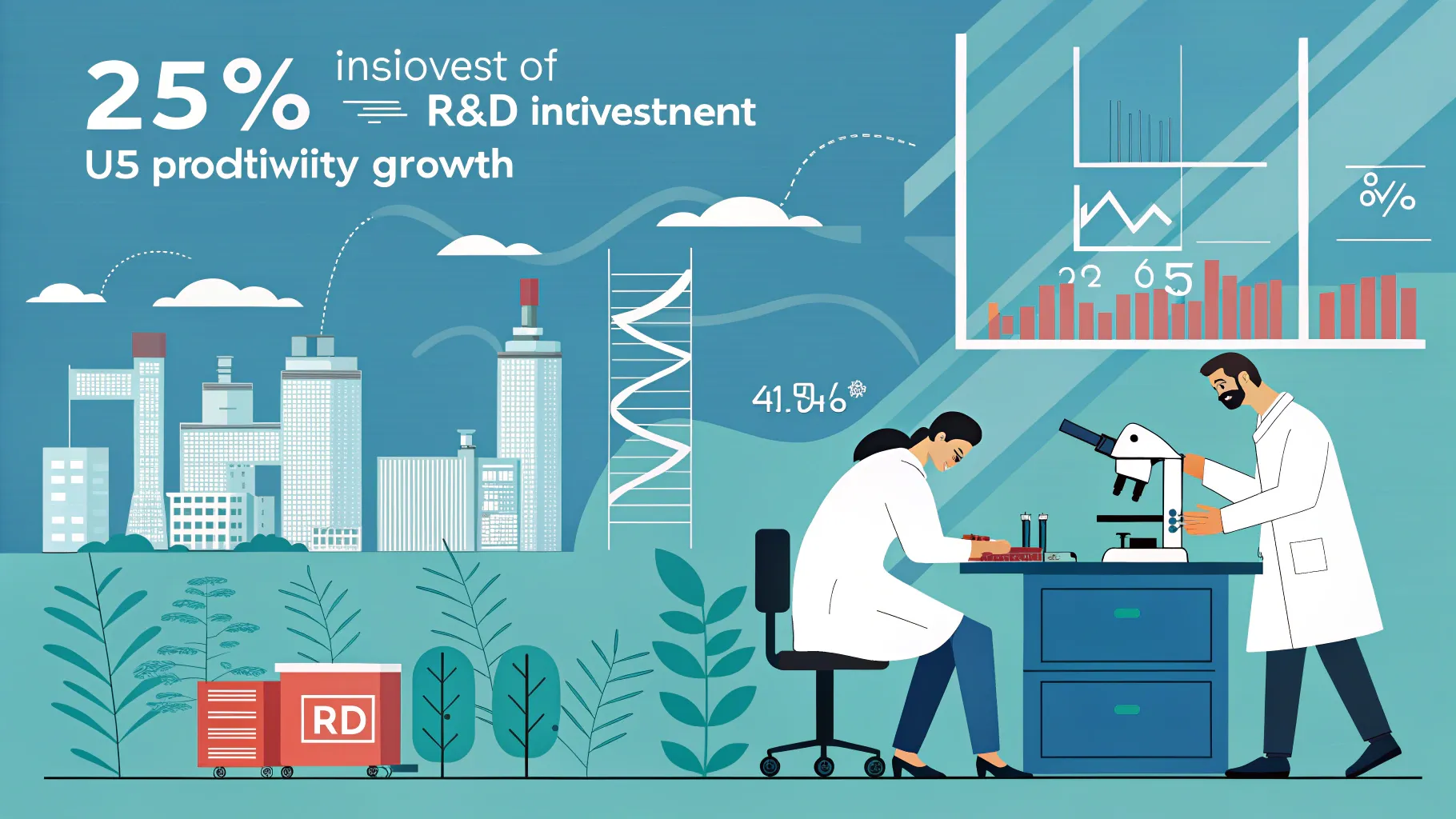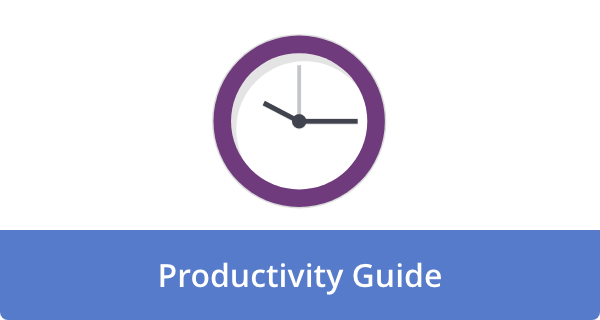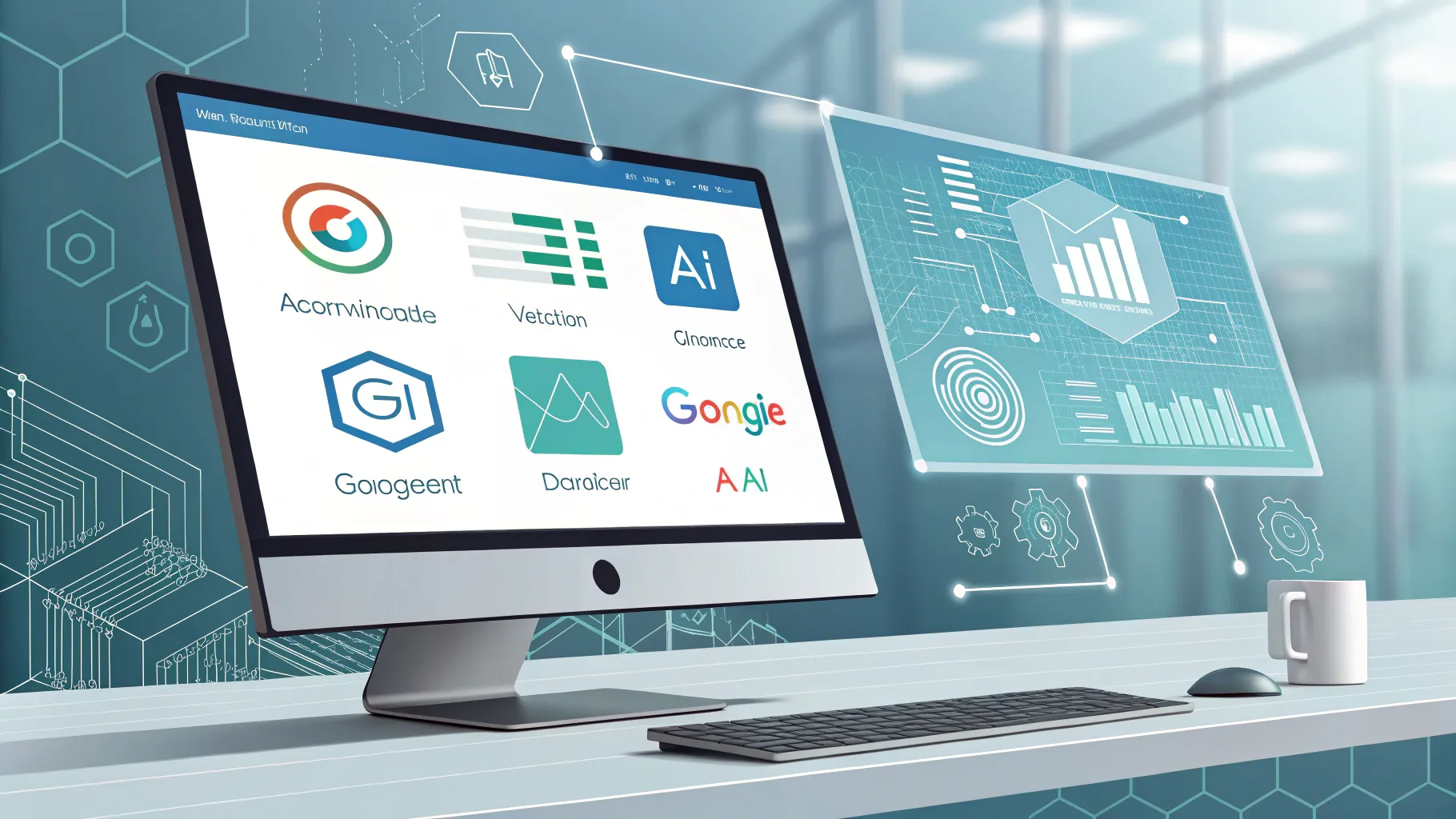
New economic research reveals that public research and development (R&D) spending accounts for approximately one-quarter of U.S. productivity growth, generating enough tax revenue to cover its costs. This finding highlights the significant economic impact of government investment in scientific and technological advancement.
The study demonstrates that federal R&D funding creates substantial returns for the American economy through increased productivity, innovation, and economic output. Researchers found that public investment in research stimulates private sector growth and expands the tax base enough to make these programs financially self-sustaining.
The Economic Impact of Public Research
According to economists, government-funded R&D contributes to roughly 25% of productivity improvements across the U.S. economy. This productivity growth translates into higher wages, increased competitiveness, and expanded economic opportunities for American workers and businesses.
The research indicates that public R&D creates a multiplier effect throughout the economy. When the government invests in basic research, private companies can build upon these discoveries to develop commercial applications, leading to new products, services, and industries.
“The data shows that federal research dollars seed innovations that private companies might not pursue on their own, especially in areas where the commercial payoff is uncertain or far in the future,” noted one of the study’s authors.
Self-Financing Through Tax Revenue
Perhaps the most striking finding is that public R&D effectively pays for itself through increased tax revenue. As research leads to economic growth and higher incomes, the government collects more in taxes, enough to offset the initial investment.
This self-financing aspect challenges the notion that public R&D represents a cost without direct returns to government coffers. Instead, it suggests that such spending functions as an investment with measurable financial benefits for the public sector.
The fiscal returns alone justify maintaining strong public R&D programs, even before considering the broader societal benefits from advances in areas like healthcare, clean energy, and national security.
The research shows that for every dollar spent on public R&D, the government collects at least a dollar in additional tax revenue due to the resulting economic growth. This return typically materializes over years or decades as innovations make their way from laboratories to the marketplace.
Sectoral Impacts and Policy Implications
The benefits of public R&D are not distributed evenly across the economy. Specific sectors show robust responses to government research investment:
- Healthcare and pharmaceuticals, where NIH funding has led to numerous medical breakthroughs
- Information technology, building on early DARPA investments
- Advanced manufacturing, supported by programs at the National Institute of Standards and Technology
- Clean energy technologies, accelerated by the Department of Energy research
These findings have significant implications for policymakers considering federal budget priorities. The research suggests that cutting public R&D to reduce government spending may be counterproductive, as it could ultimately reduce tax revenue by more than the initial savings.
Economists also point out that public and private R&D serve complementary roles. While private companies excel at applied research with clear commercial applications, government funding is crucial for basic research that expands scientific knowledge without immediate profit potential.
International Competition and Future Outlook
The study comes as global competition in R&D intensifies, with countries like China rapidly increasing their research investments. Some experts worry that declining U.S. R&D spending as a percentage of GDP could threaten America’s technological leadership and economic growth.
The research indicates that maintaining or increasing public R&D investment would likely yield significant economic returns while strengthening U.S. competitiveness. It also suggests that targeted increases in specific research areas could help address pressing challenges like climate change, pandemic preparedness, and artificial intelligence development.
As debates about federal spending priorities continue, this research provides evidence that public R&D represents not just a cost but an investment with measurable returns. The findings suggest that strong federal support for scientific research serves fiscal and economic interests, creating a foundation for long-term prosperity and innovation.










Angela Ruth
My name is Angela Ruth. I aim to help you learn how Calendar can help you manage your time, boost your productivity, and spend your days working on things that matter, both personally and professionally. Here's to improving all your calendars and becoming the person you are destined to become!